Today, we’re diving into a topic that can be confusing for even the most experienced home chefs: the difference between bake and broil. While these two cooking methods might seem similar, they produce very different results. In this post, we’ll explore the nuances of each method, when to use them, and some tips for getting the best results possible. Whether you’re a beginner in the kitchen or just looking to up your cooking game, this guide is for you. So grab your apron, and let’s get started!
What is Bake?
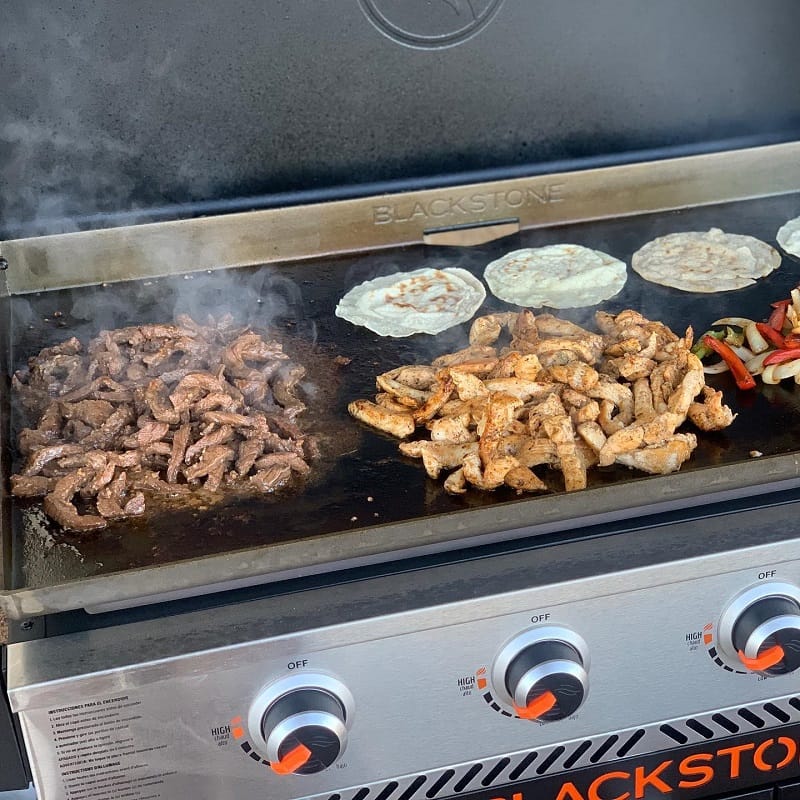
Initially, I was intimidated by all the technical terms and precise measurements involved in baking. However, as I delved deeper, I realized it’s not as complicated as it seems. Today, I’m going to explain what baking is and why it’s become such a passion of mine.
Baking is cooking food with dry heat, typically in an oven. It involves combining ingredients in specific amounts and then subjecting them to a certain temperature for a certain amount of time. Baking can make delicious treats like cakes, cookies, bread, pastries, and more.
What I love about baking is that it’s a science and an art at the same time. While precision is key to achieving consistent and delicious results, there’s plenty of room for creativity. I enjoy experimenting with different flavor combinations and decorating techniques to make my baked goods unique and visually appealing.
One of the reasons why baking has become such a popular pastime is its therapeutic benefits. The process of measuring and mixing ingredients, followed by the anticipation of the final product, can be incredibly calming and satisfying. Plus, there’s nothing quite like the smell of freshly baked goods wafting through the house.
While baking may initially seem intimidating, it’s important to remember that practice makes perfect. Start with simple recipes and work your way up to more complex ones. Don’t be afraid to make mistakes – they’re all part of the learning process. And remember, baking is supposed to be fun, so don’t put too much pressure on yourself.
What is Broil?
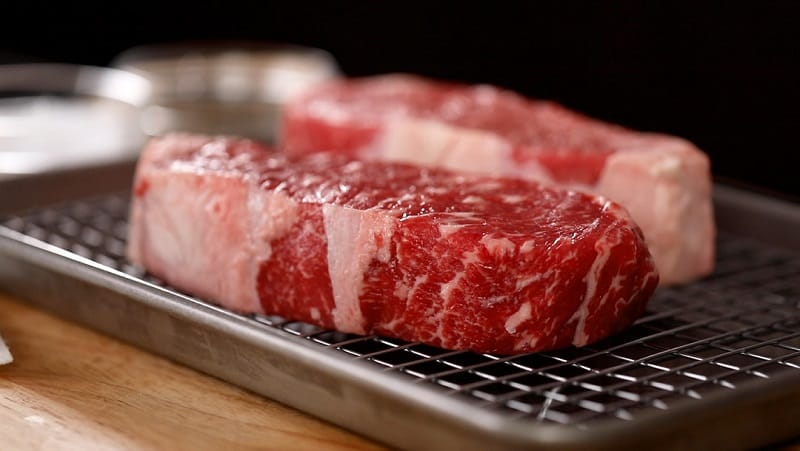
Broiling is a cooking method that involves exposing your food to high heat from an overhead source, typically located in the oven. As someone who loves to cook, I have found that broiling is a highly effective way to cook certain types of food. When you broil something, the heat source is located at the top of the oven, usually very close to the cooked food. This intense heat creates a crispy, caramelized outer layer while the inside remains moist and tender.
One of the benefits of broiling is that it is a relatively quick cooking method. Because the heat source is so close to the food, cooking thoroughly doesn’t take long. This makes it an excellent option for weeknight meals when you don’t have a lot of time to spend in the kitchen.
Another advantage of broiling is that it is a healthy way to cook. Because you’re not adding any additional fat, the food retains its natural flavor and nutrients. Plus, the high heat helps to cook off any excess fat that may be present in the food.
When it comes to choosing what to broil, the options are endless. Some of my personal favorites include broiled salmon, steaks, and vegetables. You can even broil fruit for a delicious and healthy dessert.
Place it on a broiler pan or a baking sheet and slide it into the oven on the top rack to broil something. Be sure to keep an eye on the food as it cooks, as it can burn quickly if left unattended.
What Are The Similarities Between Bake and Broil?
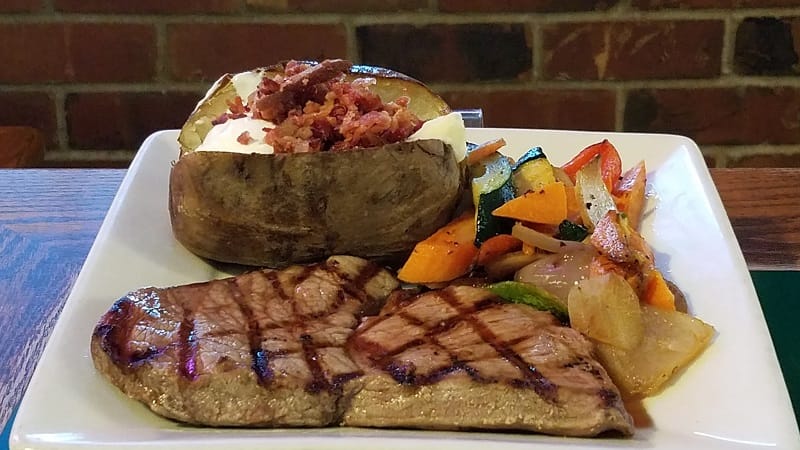
Recently, I’ve been curious about the similarities between two common methods of cooking: baking and broiling. While they may seem quite different at first glance, these two techniques have similarities.
First, baking and broiling involve cooking food with dry heat. While the temperature and location of the heat source may differ slightly between the two methods, the basic idea is the same – using hot, dry air to cook food. This makes them both great for cooking a wide variety of foods, from meats and vegetables to baked goods and desserts.
Another similarity between baking and broiling is that they both require a bit of patience. While some recipes may call for faster cooking times, using high heat, baking, and broiling usually require a slower, more gradual cooking process. This can be frustrating for those who like instant gratification, but the result is usually worth the wait.
One key difference between baking and broiling is the location of the heat source. When baking, the heat typically comes from the bottom or all around the food, such as in an oven. On the other hand, broiling involves cooking food directly under a high heat source, such as a broiler or grill. Despite this difference, both methods can produce delicious, evenly cooked food.
Another similarity between baking and broiling is that they both require a bit of attention to detail. Whether baking a cake or broiling a steak, you’ll need to keep a close eye on your food to ensure it doesn’t overcook or burn. This can be a bit nerve-wracking for those of us who are perfectionists, but with practice, it becomes second nature.
Ultimately, the similarities between baking and broiling make them popular cooking techniques. While they may differ in some ways, both methods require patience, attention to detail, and a love of good food.
What Are The Main Differences Between Bake vs. Broil?
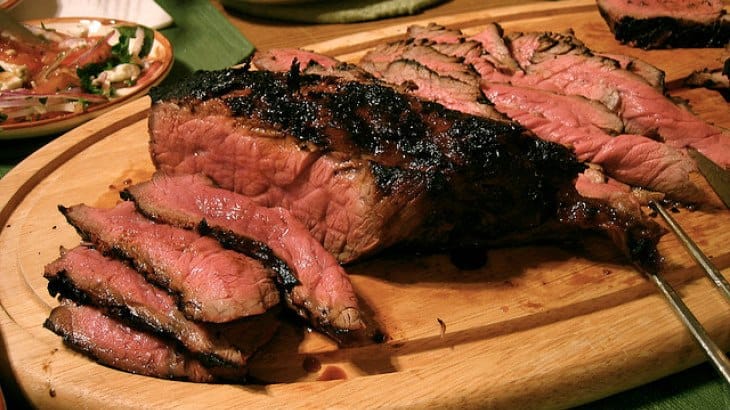
The main difference between baking and broiling is the method of heating used in each cooking process. Baking involves surrounding food with moderated hot air from heating elements located at the top and bottom of the oven at temperatures ranging from 300F to 375F. This results in slower cooking but allows food to develop flavor without overcooking. On the other hand, broiling exposes food placed in a special broiling pan in the oven’s broiler to direct heat at around 550 degrees. This high temperature sears the food’s exterior, giving it the same quick sear as a grill.
Broiling is ideal for thinner cuts of meat and seafood while baking works well for thick cuts of meats, bread, pastries, and layered casserole dishes.
Here are the main points to keep in mind.
Cooking Method
The main difference between baking and broiling is the cooking method. Baking involves cooking food in an oven using dry heat. On the other hand, broiling involves cooking food using high heat from above (usually from the broiler element in the oven). Broiling is similar to grilling but is cooked in the oven instead of cooking food on a grill.
Cooking Time
Cooking time is another important factor to consider when it comes to baking vs. broil. Baking usually takes longer than broiling because it uses lower temperatures to cook food. This also means that baking is a more gentle cooking method and can be used for dishes requiring longer cooking, like casseroles or baked goods. On the other hand, broiling is a faster cooking method and better suited for dishes that require quick cooking times, like broiled fish or vegetables.
Temperature Control
Temperature control is another key difference between baking and broiling. When baking, you have more control over the temperature since you can adjust the oven temperature. This allows you to create a more even temperature throughout the oven, which is important for dishes that require precise cooking temperatures. Broiling, on the other hand, does not usually have temperature control. Instead, the heat comes from the broiler element in the oven, which can result in uneven cooking if not monitored carefully.
How Does Broiling Differ From Baking In Terms Of High Heat And Crispy Crust Formation?
One of the main benefits of broiling is that it produces high heat, which can help to create a crispy crust on food. This is especially true for dishes like steak or chicken, which can benefit from a crispy crust. On the other hand, baking does not usually produce the same high heat, which can result in a less crispy crust.
How Does Broiling Affect The Texture And Flavor Of Food Compared To Baking?
Broiling can also affect the texture and flavor of food differently than baking. Since broiling involves high heat from above, it can help to caramelize the sugars in food, resulting in a slightly sweeter flavor and a crispy texture. On the other hand, baking does not usually produce the same level of caramelization, resulting in a softer texture and slightly less sweet flavor.
Can You Use The Same Oven Settings For Both Baking And Broiling, Or Do You Need To Adjust?
While you can use the same oven for baking and broiling, you may need to adjust the oven settings depending on your cooking dish. For example, if baking a casserole, you may need to set the oven to a lower temperature and cook longer. If broiling a steak, you may need to select the oven to a higher temperature and cook for a shorter time.
Read more:
- How Long to Bake Salmon at 350
- How Long To Bake Chicken Thighs At 375
- How Long To Bake Chicken Drumsticks At 400
- How Long To Bake Chicken Breast At 400
When Should You Choose To Bake Instead Of Broil, Or Vice Versa?
When it comes to choosing between baking and broiling, both cooking methods can yield delicious results. However, certain factors can help determine which method is best for a particular food item. For example, baking is the way to go if the food is thick and requires even cooking throughout.
Baking works best for foods without a stable structure that solidifies during cooking, such as cakes, bread, and casseroles. On the other hand, broiling is perfect for thin cuts of meat or fish that need to be cooked quickly while searing the surface to add texture. Essentially, baking is ideal for slow cooking and gently browning, while broiling is best for fast, high-heat cooking that caramelizes the surface of the food.
Ultimately, the choice between baking and broiling comes down to the dish’s specifics.
How Does The Use Of A Convection Oven Affect The Outcome Of Baked Or Broiled Dishes?
A convection oven can greatly affect the outcome of baked or broiled dishes. With its built-in fan and exhaust system, convection cooking allows hot air to circulate the food, resulting in faster and more even cooking. This makes it ideal for roasting meats and vegetables and toasting or dehydrating food.
Additionally, the dry atmosphere created by convection cooking enables browning and caramelization to occur more effectively while maintaining the moisture of the dish’s interior. However, the fan can become a liability when it comes to delicate dishes such as quickbreads, custards, and cakes, as it can create uneven baking and drying out of the dish.
It is important to note that when using the convection setting, the recommended oven temperature should be lowered by 25°F to avoid burning the food. Proper convection oven use can be valuable in creating delicious and evenly cooked meals.
What Impact Does Oven Rack Position Have On Cooking Time And Surface Browning?
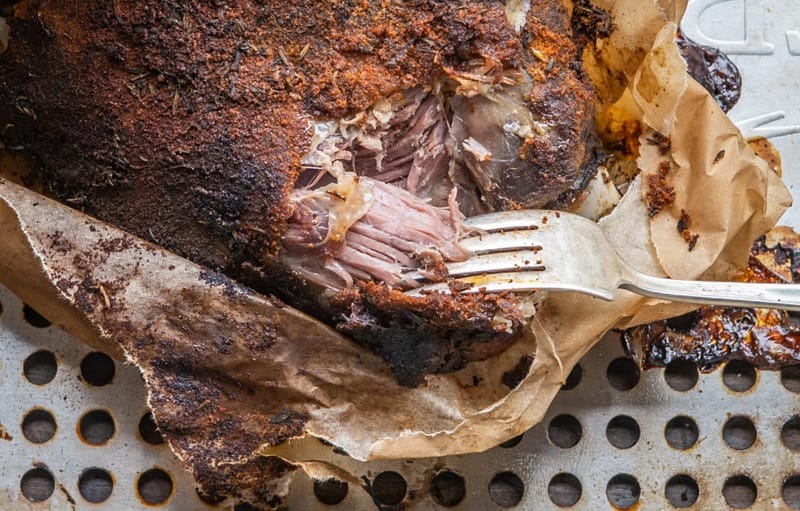
I always wonder if the position of my oven racks makes a difference in the outcome of my dishes. So, I did some research and experimentation to determine the impact of the oven rack position on cooking time and surface browning.
First, let’s talk about cooking time. The position of the oven rack can affect how long it takes for your dish to cook. This is because the distance between the heat source and your food changes depending on the rack position. For example, if you place your dish on the top rack, it will be closer to the heat source and cook faster than on the bottom rack.
Surface browning is another factor that can be affected by the position of the oven rack. If you want your dish to be browned evenly on the top, placing it on the top rack is the way to go. However, if you want the bottom of your dish to be browned as well, then using the bottom shelf is your best bet.
It’s also important to consider the type of dish you are cooking when deciding on the oven rack position. Placing baked goods like cakes and cookies in the center of the oven on the middle rack is ideal. This ensures even heat distribution and prevents over-browning on the top or bottom.
For meats, the lower rack is recommended for even browning on the bottom, while the top rack is better for quick searing and browning on the surface.
In conclusion, the position of your oven rack can significantly impact the cooking time and surface browning of your dishes. Depending on your cooking, you may need to adjust the rack position to achieve the desired outcome.
What Are Some Tips For Using A Baking Sheet Or Broiling Pan To Achieve The Desired Result?
I know the importance of having the right tools in the kitchen. One tool that I find myself reaching for often is my trusty baking sheet or broiling pan. These versatile kitchen essentials can be used for everything from baking cookies to roasting vegetables to broiling a steak. But how can you ensure that you are using your baking sheet or broiling pan to achieve the desired result? Here are some tips that I’ve learned over the years:
- Use the correct type of pan: Not all are created equal when it comes to baking sheets and broiling pans. For example, a non-stick pan is great for easy clean-up but may not give you the same results as a traditional aluminum pan. Consider your recipe and choose the best type of pan for the job.
- Preheat your pan: Just like preheating your oven is important, so is preheating your baking sheet or broiling pan. This ensures that the pan is hot and ready to cook your food evenly. A cold pan can cause food to stick and cook unevenly.
- Use parchment paper or a silicone mat: If you’re worried about food sticking to your pan, consider using parchment paper or a silicone mat. This not only prevents sticking but also makes clean-up a breeze.
- Don’t overcrowd the pan: When cooking on a baking sheet or broiling pan, it’s important not to overcrowd the pan. This can cause food to steam instead of roast or broil, affecting the texture and flavor. Give your food enough space to cook properly.
- Use the right temperature and cooking time: Different recipes require different temperatures and cooking times, so follow the recipe closely. If you’re improvising, keep in mind that higher temperatures will cook food faster, while lower temperatures will cook food more slowly.
- Keep an eye on your food: When using a baking sheet or broiling pan, it’s important to keep an eye on your food. Unlike a pot or pan on the stove, you can’t stir or flip your food as easily. Check on your food periodically to make sure it’s cooking evenly and not burning.
How Do You Determine Meat Doneness When Baking Or Broiling, And What Internal Temperatures Should Be Reached?
When baking or broiling meat, determining its doneness is crucial in achieving the desired taste and ensuring food safety. The most accurate way to determine meat doneness is by using a thermometer to measure the internal temperature. A thermometer should be inserted into the thickest part of the meat, avoiding any bone or fat.
For beef, lamb, and pork roasts, removing them from the heat 5-10°F below the desired doneness is recommended, and letting them rest for 15 minutes as the temperature will continue to rise. The recommended safe minimum internal temperature for beef, veal, lamb, and pork (steaks and roasts) is 145°F, while ground meat should reach 160°F and poultry should reach 165°F.
Health Benefits Of Baking And Broiling
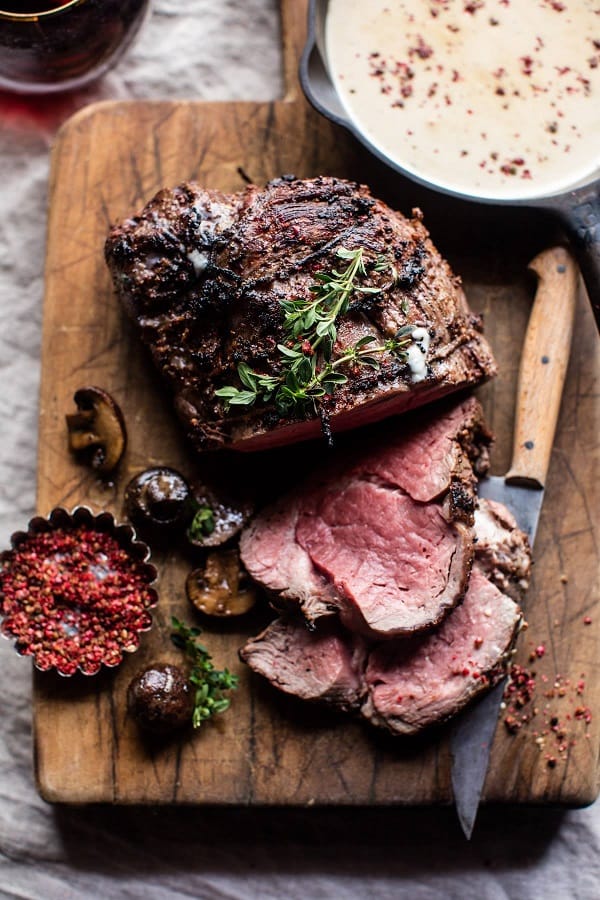
Baking and broiling not only produce delicious, flavorful dishes, but they also come with a host of health benefits.
Firstly, baking and broiling are both low-fat cooking methods. When you bake or broil your food, you don’t need to add oil or butter to the pan, which means you’re cutting down on unnecessary calories and fat. These cooking methods are ideal for those looking to lose weight or maintain a healthy diet.
In addition to being low-fat, baking and broiling also help to retain the nutrients in your food. Many cooking methods, such as frying or boiling, can cause some of the vitamins and minerals in your food to be lost. However, when you bake or broil your food, the nutrients are locked in, ensuring that you’re getting the most out of your meals.
Another benefit of baking and broiling is that they’re both relatively easy cooking methods. Unlike other techniques, such as sautéing or grilling, you don’t need to monitor your food when baking or broiling constantly. This means you can spend less time in the kitchen and more time doing the things you love.
Of course, like any cooking method, there are some things to keep in mind when baking or broiling. For example, it’s important to avoid overcooking your food, as this can lead to the formation of harmful compounds. It’s also important to ensure that your food is cooked to the appropriate temperature to ensure it’s safe to eat.
Common Mistakes To Avoid When Baking Or Broiling
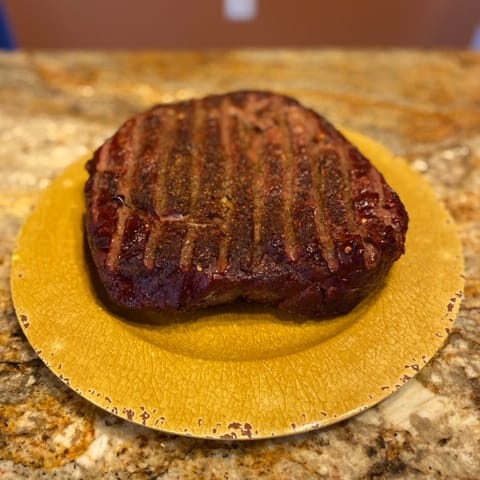
Whether you are just starting or are a seasoned baker, these are some tips to keep in mind to avoid common baking and broiling mistakes.
- Not Preheating Your Oven: Preheating your oven is one of the most important steps in baking and broiling. This ensures your oven is at the correct temperature before baking or broiling. Without preheating, your food may not cook evenly or take longer than expected. Preheat your oven for at least 10-15 minutes before using it.
- Using Cold Ingredients: Another common mistake is using cold ingredients when baking. This can affect the texture and consistency of your baked goods. Room-temperature ingredients, such as butter and eggs, mix more easily and evenly with other ingredients, resulting in a smoother batter. Take your ingredients out of the fridge at least an hour before using them.
- Overmixing Your Batter: Overmixing your batter can lead to tough and dense baked goods. Mixing your batter just until the ingredients are combined is enough. Overmixing can cause the gluten in the flour to develop, resulting in a tough texture. Mix until the ingredients are combined, and be careful not to overmix.
- Opening the Oven Door Too Often: Opening the oven door too often can cause a temperature drop, affecting the baking process. Every time you open the oven door, heat escapes, and the temperature drops. This can cause your baked goods to cook unevenly or take longer. Try to resist the urge to open the oven door too often, and only do so when necessary.
- Using the Wrong Size Pan: Using the wrong size pan can affect the cooking time and result in unevenly baked goods. Make sure to use the correct size pan for your recipe. If you use a larger pan than what is called for, your batter will be too thin, resulting in overcooked or burnt edges. Using a smaller pan will make your batter too thick, resulting in undercooked centers.
- Not Letting Your Meat Rest: When broiling meat, it is important to let it rest before slicing. This allows the juices to redistribute, resulting in a more flavorful and tender piece of meat. Letting your meat rest for at least 5-10 minutes before slicing will make a big difference in the final product.
- Not Using an Oven Thermometer: Finally, not using an oven thermometer can cause your baked goods to be over or undercooked. Oven temperatures can vary, so it is essential to use an oven thermometer to ensure your oven is at the correct temperature for your recipe. This will ensure that your baked goods are cooked evenly and to the desired temperature.
FAQs
Can Slow Cooking Be Achieved Through Either Baking Or Broiling Methods?
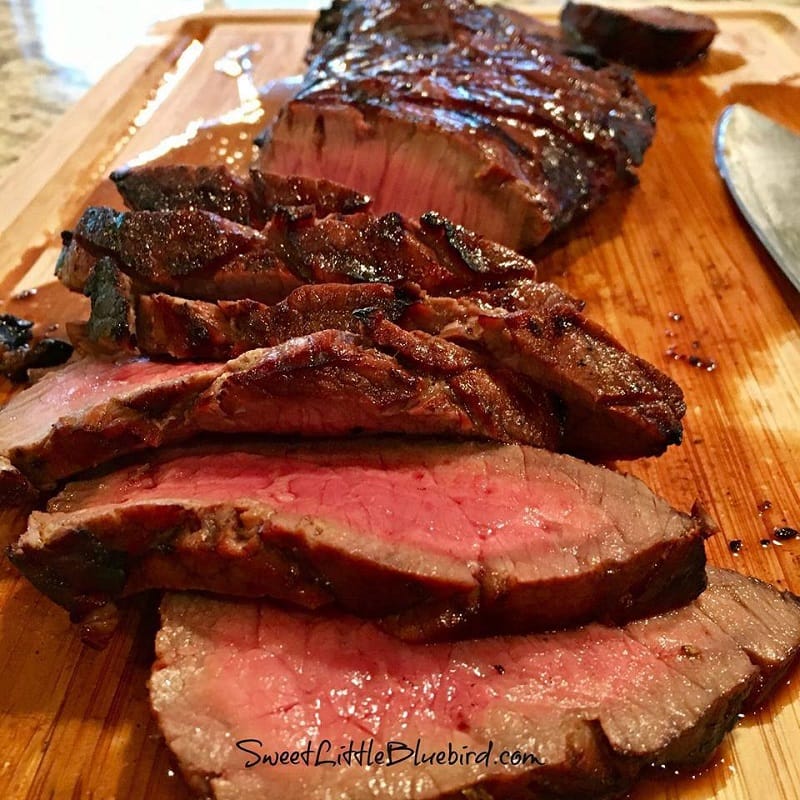
Slow cooking can be achieved through baking, but broiling is not ideal. Baking uses lower temperatures and evenly distributes heat around the food, allowing for a slower and more uniform cooking process. This makes it an excellent option for dishes with longer cooking, such as casseroles, stews, and pot pies.
On the other hand, broiling uses intense direct heat and is better suited for quick-cooking items like searing steaks or quickly melting cheese. It is not an effective method for achieving slow cooking because it cooks too quickly and primarily focuses on browning and crisping food.
Foods That Are Best Baked
Foods that are best baked offer a delicious and comforting taste that is hard to resist. From savory casseroles to sweet desserts, baking can enhance the flavors and textures of various ingredients. Baking can also be an ideal way to prepare budget-friendly meals that can feed a crowd.
Some of the best dishes that can be baked include spaghetti casseroles, pork and vegetable dishes, taco bake, roasted chicken, and fish. For sweet treats, baking cookies, pies, cakes, and bars can satisfy a sweet tooth and provide a sense of accomplishment in the kitchen.
Foods That Are Best Broiled
Best broiled foods typically fall into thin cuts of meat, quick-cooking vegetables, seafood, and fruits. Meats less than 1.5 inches thick such as steaks, pork chops, and ground patties, are good candidates for broiling.
Tender beef cuts like ribeye, tenderloin, top sirloin, and flank can be broiled, as well as chicken quarters, legs, breasts, and halves. Fresh or frozen fish fillets, scallops, and shrimp are also suitable for broiling. Kabobs made of cubed meat, poultry, or seafood with vegetables are a favorite broiled entree. Similarly, peaches, nectarines, pineapples, plums, and mango can be broiled. Popular vegetable choices include asparagus, bell pepper, tomato halves, and onion wedges.
When broiling, it’s important to keep a close eye on the food, flip it once or twice to brown nicely and cook through without becoming charred. The broiler pan and oven rack should be prepared correctly to ensure success, and broiling times vary depending on the desired thickness and doneness of the food.
Conclusion
In conclusion, the difference between bake and broil is the temperature at which the food is cooked. Baking uses a lower temperature and longer cooking time, while broiling uses a higher temperature and shorter cooking time. Understanding these differences and when to use each method can help you achieve the perfect meal every time. So, next time you’re in the kitchen, consider the difference between bake and broiling and choose the best method for your dish.
References:
- https://madeincookware.com/blogs/bake-vs-roast-vs-broil
- https://www.tasteofhome.com/collection/easy-baked-dinners-to-make-tonight/
- https://www.bhg.com/recipes/how-to/cooking-basics/how-to-broil/

Hey readers! Chip Holland here, and I’m a Manager of this website. My passion for writing about it only matches my passion for BBQ. Follow my blog for mouth-watering recipes, tips, and tricks for the perfect smoke, grill, and BBQ. I’m sure you won’t be disappointed!
